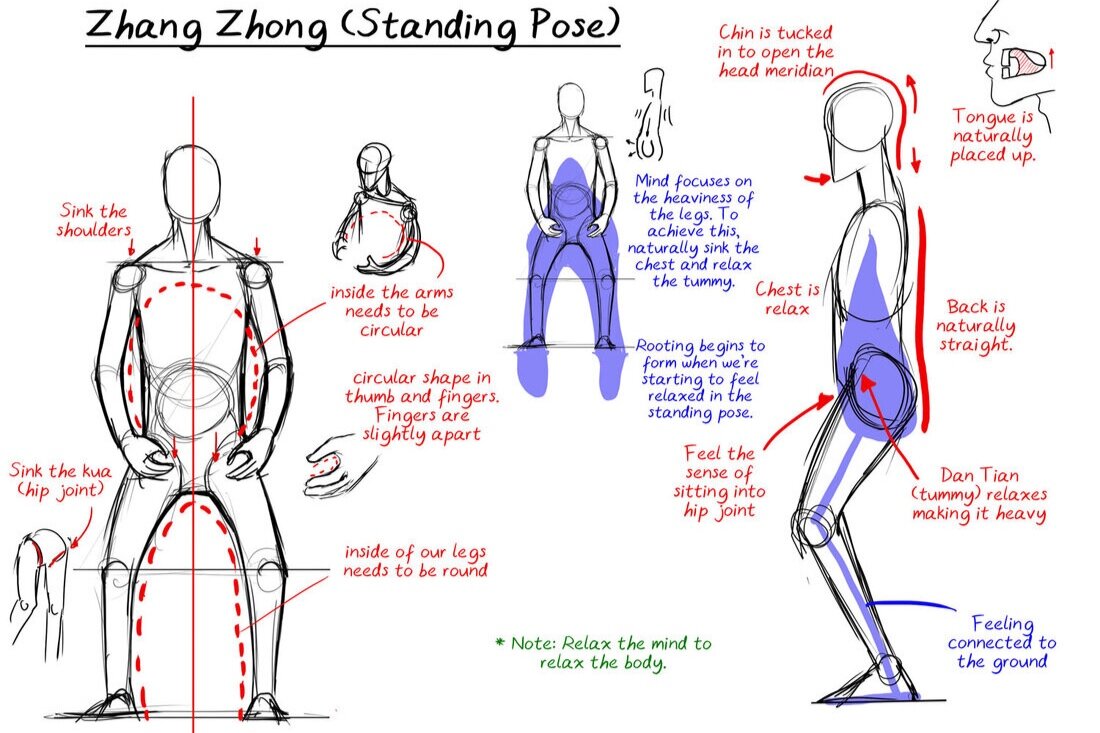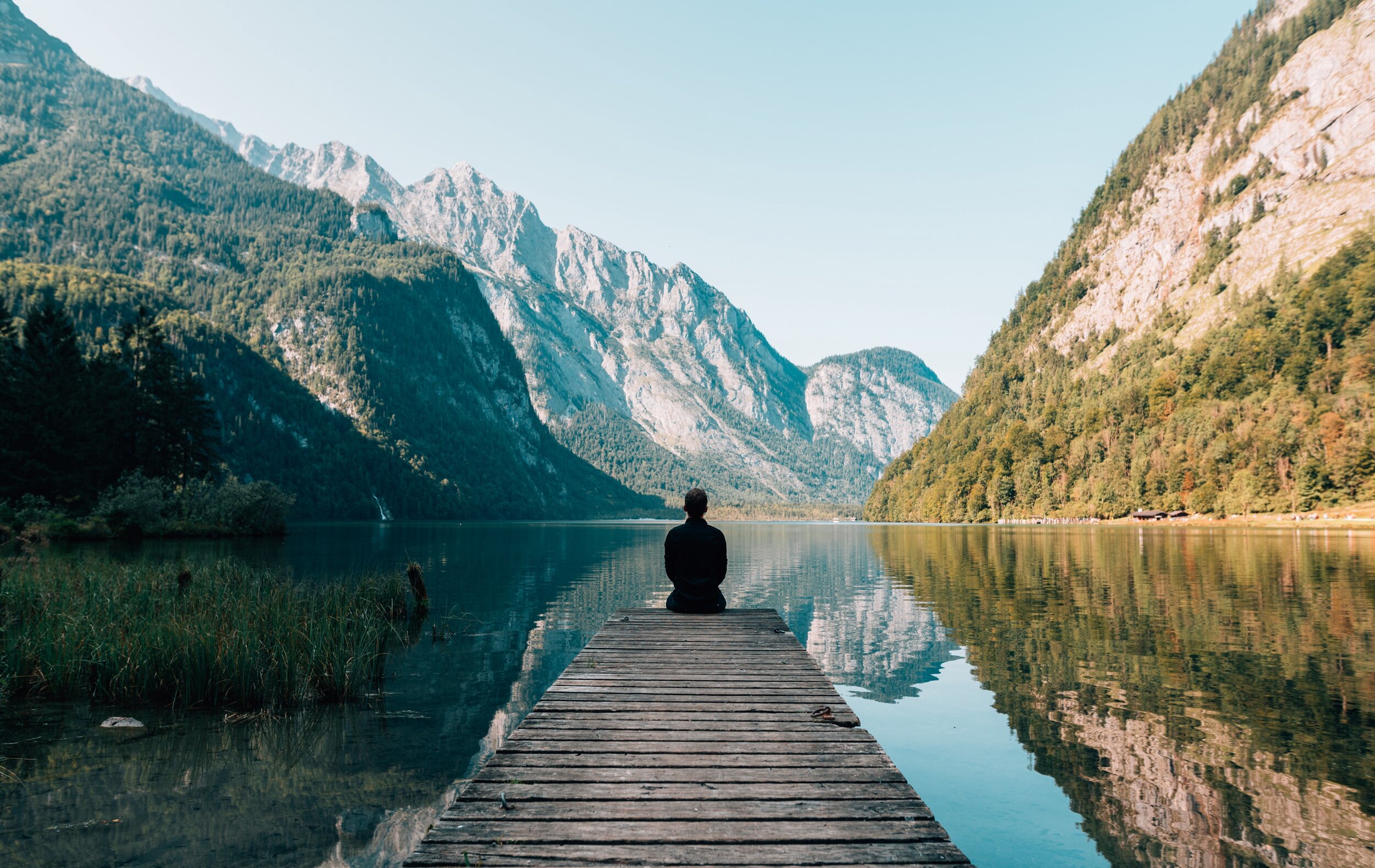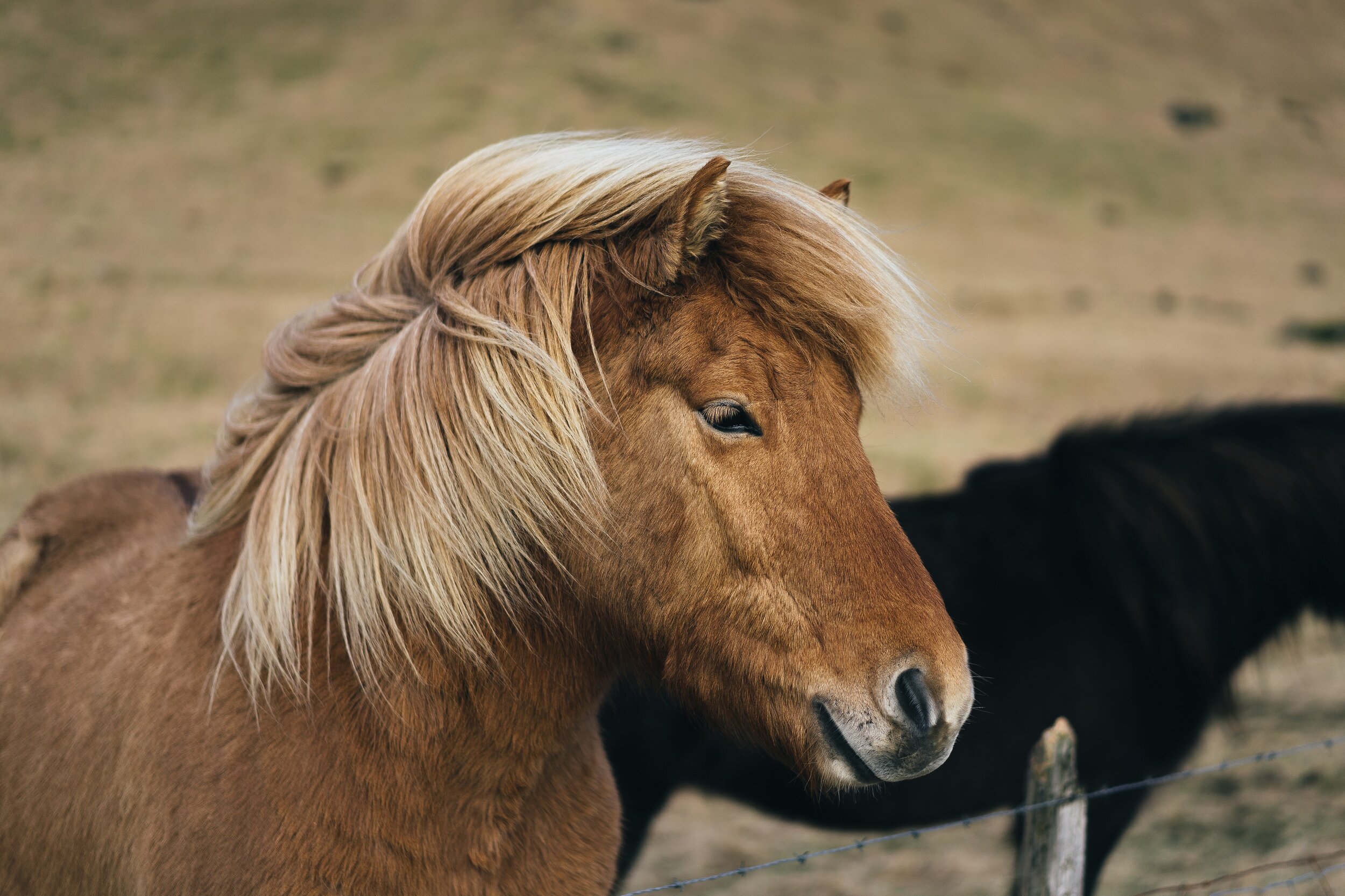Thought experiment
Imagine you have a candle with a long flame and start circling your hand around the flame. Get closer or farther, speed up or slow down. The aim is to make the flame follow your hand without getting burned.
The flame will react to you and you will react to the flame until you reach a state of natural spontaneous movement.
You are the hand and the flame.
Principle
Interact with others by first taking the time to observe and listen to others.
Adjust your actions and energy level to your opponent.
Synchronise and share the same “orbit”.
On the mats
Unless you are bigger and stronger than everyone else, you need to observe and listen to your opponent. If both of you are at the same skill level, then the one with the best sensitivity and timing will most likely win.
Pushing hands (or Tui Shou) is a two-persons exercise in Tai Chi Chuan training that teaches to sense your opponent’s intention, to understand his power, neutralize it and then counterattack. To defend yourself you first become the flame and the hand, which gives you the option to strike if you so choose.
With just one hand on my arm, my Tai Chi Master can sense in seconds where I’m more tense or less balanced. This is all it takes to defeat me.
Brazilian Jiu-Jitsu (BJJ) matches are very intense, both physically and mentally. Your aim is to submit your opponent either by a choke or joint lock. Your opponent will try to do the same to you. You constantly have to observe and listen carefully in order to neutralize the attacks.
Marcello Garcia, a world-class BJJ competitor and teacher, is well known for his amazing skill of constantly transitioning from one technique to the next, which is only possible by carefully feeling his opponent intent in the present moment. He is very relaxed on the mat and intuitively adjusts to the flow of his opponent’s energy by becoming the hand and flame.
In one short match you can learn more about what someone truly thinks and feels than through many long conversations. By becoming the hand and flame, you may quickly determine how to interact effortlessly.
Off the mats
At work, you might have to go to many meetings, receptions or even negotiations. If you have a good relationship with all involved then the meeting might go quite effortlessly. But what if you don’t know anyone? Becoming the hand and flame quickly in any interaction is a valuable skill.
Public speaking can be very stressful if you don’t know the audience or if the audience is very critical. How can you quickly apply the hand and flame principles to improve the interaction with the audience?
Take your time to observe and listen. Feel the room, watch people’s faces and body language, listen to the sounds, put yourself in their shoes to understand their perspective and see if they become more relaxed or more tense.
Being the hand and flame means that you first adjust to the way others talk and behave. If they talk slowly and are relaxed, then so are you. If they speak very quickly and are very serious, then so are you. If they are nervous, then put yourself in their shoes to understand why.
First you synchronise your mind and body with the one person or audience in front of you. Once you’re in sync you act. You smile, you open up your body language, you speak at your preferred speed, you say what you want to say.
Success is when others start to change their attitude and the mood in the room starts to change. Often the change is temporarily, so you have to synchronise again.
The path to effortless interactions is an iterative process of constantly making small adjustments until it becomes intuitive.
Take-home message
All interactions in any context will become much easier once we take our time to observe and listen to others.
Or let’s use the mental model of inversion, i.e. finding a solution by thinking how not to solve the problem. The best way to lose a fight is to strike or kick with all your power without knowing the intent of your opponent. The best way to make every meeting awkward and difficult is to start talking first and imposing all your ideas and wishes without knowing the interests of your colleagues.
This approach can be especially relevant for people with a strong type A personality that are known to be ambitious, impatient and can come across as aggressive.
Taking your time to synchronise and become the flame and the hand doesn’t mean that you should change your personality. If anything, this approach might help you to act more authentically as you take your time to express yourself in the present moment.











